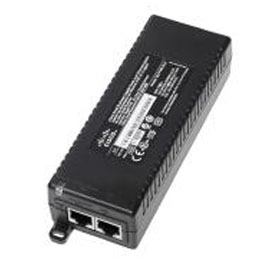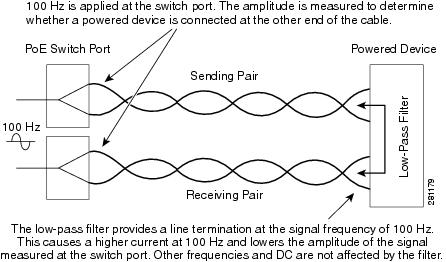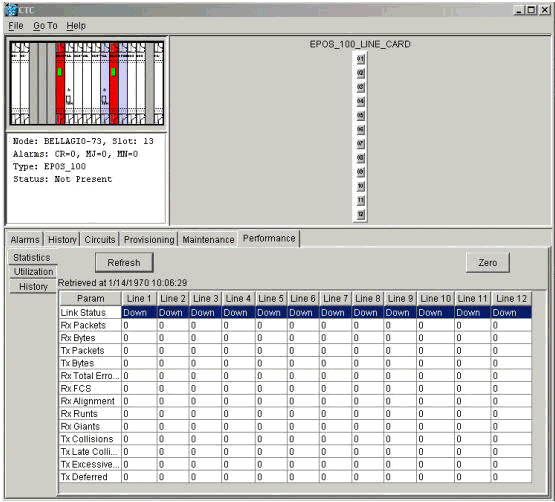
The initial power allocation is the maximum amount of power that a powered device requires. The switch classifies the detected IEEE device within a power consumption class.Īs the switch receives CDP messages from the powered deviceĪnd as the powered device negotiates power levels with the switch through CDP power-negotiation messages, the initial power This amount of power when it detects and powers the powered device. Based on the available power in the powerīudget, the switch determines if a port can be powered. Maximum Power Level Required from the Device The following IEEE Power Classifications table lists these levels. The switch monitors and tracks requests for power and grants power only when it is available. The switch performs power-accounting calculations when a port The switch tracks its powerīudget (the amount of power available on the device for PoE).

Is granted or denied power to keep the power budget up to date.Īfter power is applied to the port, the switch uses CDP to determine the CDP-specific power consumption requirement of the connected Cisco powered devices, which is the amount of power to allocate based on theĬDP messages. The switch adjusts the power budget accordingly. Note that CDP does not apply to third-party PoE devices. Switch processes a request and either grants or denies power. If the request is granted, the switch updates the power budget. If the request is denied, the switch ensures that power to the port is turned off, generates a syslog message, and updates the LEDs. With PoE+, powered devices use IEEE 802.3at and LLDP power with media dependent interface (MDI) type, length, and value descriptions Powered devices can also negotiate with the switch for more power. Cisco pre-standard devices and Cisco IEEE powered devices can (TLVs), Power-via-MDI TLVs, for negotiating power up to 30 W. Use CDP or the IEEE 802.3at power-via-MDI power negotiation mechanism to request power levels up to 30 W.Īuto: The device automatically detects if the connected device requires power. If the device discovers a powered device connected To the port and if the device has enough power, it grants power, updates the power budget, turns on power to the port on aįirst-come, first-served basis, and updates the LEDs.

If the device has enough power for all the powered devices, they all come up.įor LED information, see the hardware installation guide.

If enough power is available for all poweredĭevices connected to the device, power is turned on to all devices.


 0 kommentar(er)
0 kommentar(er)
